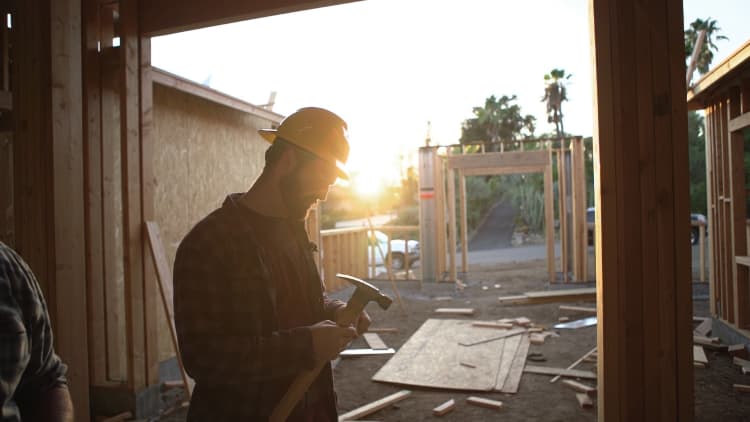In general, Americans aren't prepared for retirement. Most families, even those approaching their golden years, have little or nothing stashed away.
But some are more prepared than others. Not surprisingly, the wealthiest Americans have more savings. Just how much do the top 1 percent have stashed away for retirement?
According to the Economic Policy Institute (EPI), which looked at the state of American retirement in a 2016 report, the top 1 percent of families had $1.08 million or more saved in 2013.
The 90th percentile family had $274,000 saved, and the 80th percentile family had $116,000. Meanwhile, the median working-age family had only $5,000 saved in 2013.
"Participation in retirement savings plans is highly unequal across income groups," the EPI reports. "In 2013, nearly nine in 10 families in the top income fifth had retirement account savings, compared with fewer than one in 10 families in the bottom income fifth."
While retirement inequality is growing, the EPI notes, the good news is, you don't need a lot of money to start investing and building your nest egg. A simple starting point is to contribute to your 401(k) plan, if your employer offers one. Regardless of whether you have a retirement savings plan at work, you can contribute to other tax-advantaged accounts designed for retirement, such as a traditional IRA or Roth IRA.
Even if you're only comfortable with setting aside one percent of your paycheck, it's better to start there than to not get started at all.
After all, that's what self-made millionaire and author of "The Automatic Millionaire" David Bach did.
"I was in my mid-20s, and I wanted to make sure it didn't hurt," he writes of the first time he started paying himself first. "Within three months, I realized that 1 percent was easy, so I increased the amount to 3 percent."

Over time, he gradually increased his percentage, until he reached 20 percent, which is how much he sets aside today.
The key, he says, is to make it automatic — meaning, have your contributions automatically taken out of your paycheck and sent straight to your retirement account.
"If you are not paying yourself first now, that's probably because you think you can't afford to," he writes. "But I can tell you from personal experience that, once you decide to pay yourself first, and then you make it automatic, it's done — and within the first three months, you totally forget about it.
"You'd be amazed how effortlessly you can learn to live on a little less."
Like this story? Like CNBC Make It on Facebook.
Don't miss: Here's how much the average American family has saved for retirement



